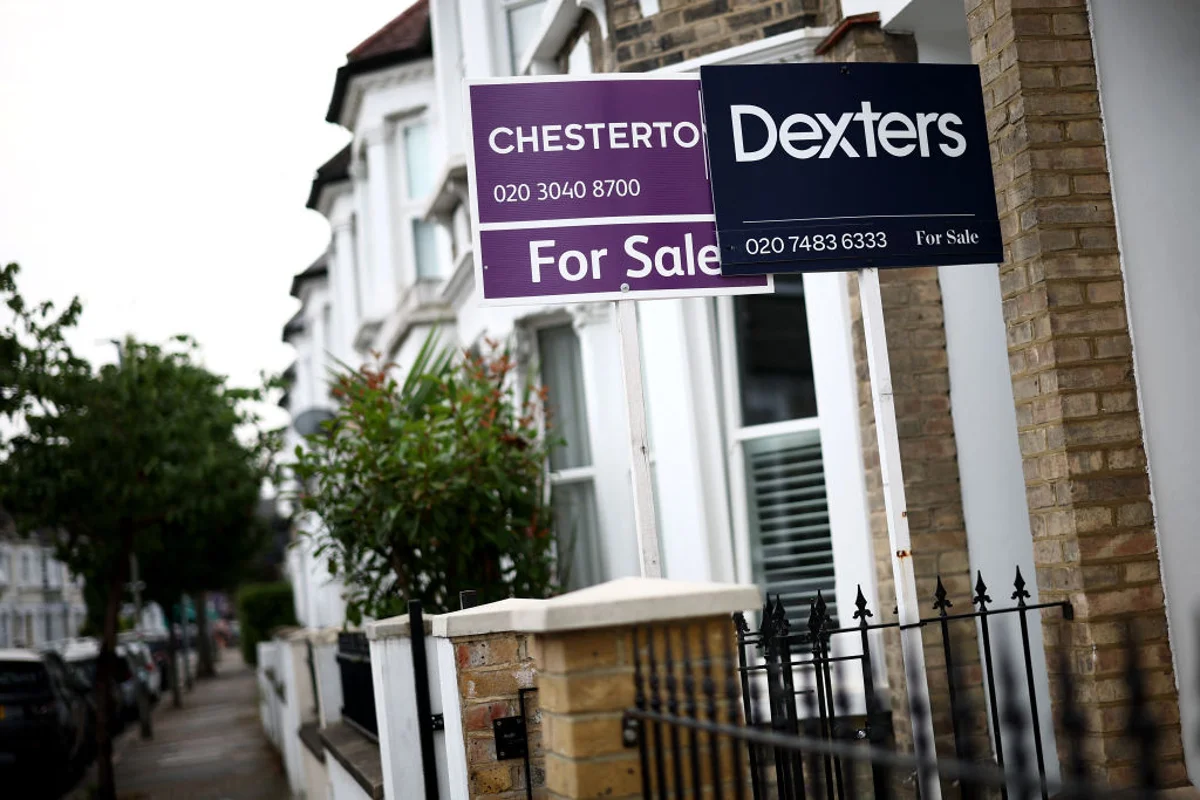
Will H-1Bs be fenced out?
While capital might get most of the attention, talent is what truly moves companies.
Remove the people, and most organizations are nothing but empty shells; contracts, trademarks, and a collection of IOUs that mean nothing without the employees who give a company its structure and momentum.
Soon, a significant number of offices might be exactly that, at least in San Francisco, New York, and other cities where the roughly 730,000 H-1B visa holders cluster.
Late last night, the Trump administration announced its decision to raise the price of an H-1B visa to $100,000 per year, representing a hundredfold increase from the current level.
It’s an escalation so dramatic it reads less like a policy proposal and more like a punitive strike. If it survives, it will mean the effective end of the program, something anti-immigration factions within the Republican Party have long sought.
Before looking at the implications, it’s worth considering whether this edict is likely to stick.
MORE FOR YOU
A long path from decree to reality
The H-1B program has been politically contested since its inception in 1990.
Critics, led by groups such as the Federation for American Immigration Reform and segments of organized labor, have long argued that the visa displaces American workers, suppresses wages, and outsources opportunity. Republican lawmakers, although by no means unified on the subject, have repeatedly positioned themselves against the program as part of a broader nationalist agenda.
The administration’s thinking here is simple: fewer foreign workers, more Americans hired. It’s a promise that plays well on the stump but rarely survives contact with economic reality, not least because talent doesn’t simply appear when summoned.
And even if the decision did survive its brush with reality, it might not make the legal and procedural hurdles that lie ahead.
Visa fees are typically set through regulation by U.S. Citizenship and Immigration Services, not by executive fiat. A $100,000 charge would almost certainly be challenged in court under the Administrative Procedure Act as arbitrary and capricious by advocates on the other side of the spectrum.
Employers and industry groups would argue that the move is effectively a ban disguised as a fee, something that could exceed executive authority. Litigation could delay or overturn the measure, with outcomes hinging on how the courts interpret the limits of presidential discretion in immigration policy.
So while the policy may not survive intact, the warning shot has been fired, and it has been heard far and wide.
The untimely war on talent
At the same moment Washington is urging companies to reshore production and anchor supply chains domestically, it is making it harder to do the one thing that makes such a strategy viable: recruit world-class talent.
The raids earlier on Hyundai and the resulting spat with Seoul already strained trust among foreign investors weighing multi-billion-dollar projects. This new H-1B measure risks compounding that uncertainty.
The animus against H-1Bs rests on the belief that the local talent pool is deep enough to meet demand, or that it can simply be summoned if the incentive structure is right. In most cases, it cannot. The U.S. has built its technology sector by drawing on the world’s top 0.01%, whether from India’s IITs, China’s Tsinghua University, or small nations with outsized scientific output.
Just look at the leaders of Microsoft, Google, Adobe or the countless startups that are headed by those who arrived to the United States originally on H-1Bs. To slam the door now is not just to close a labor market valve, but to sever the pipeline that has fueled Silicon Valley, and the American innovation machine, for decades.
The immediate impact would be felt in higher costs for firms and fewer options for workers. The longer-term consequence is more profound, representing a reputational hit to America’s position as the natural home for global talent.
Outsourcing and AI as unintended beneficiaries
If the fee survives, two consequences are certain.
First, more work will be pushed offshore. Even today, many highly skilled workers who fail to secure H-1Bs end up working for American firms in Toronto, Vancouver, Dublin, or Bangalore, often through subsidiaries or outsourcing providers. The demand for talent does not disappear, it simply relocates. But when the jobs move, so do the tax dollars, the consumption, and the community-level economic benefits that immigrant workers bring.
Second, artificial intelligence will become the fallback option. If companies lose access to the thousands of engineers and data scientists who would have come through H-1Bs, the replacement may not be another human hire at all. It may be acceleration of AI adoption, asking existing teams and algorithms to do more with less. Silicon doesn’t vote, doesn’t consume, and doesn’t pay taxes.
But under this policy, it could become the default “worker” of choice.
The Trump administration’s wager is that a short-term political win outweighs the long-term economic cost. Supporters will frame the measure as putting Americans first, while critics will warn of talent flight and diminished competitiveness. Both are right in the narrow sense. But the deeper issue is strategic myopia that plagues too many modern democracies where the winner takes all, for whatever period they have control over the laws of the land.
In the 21st-century economy, where breakthroughs in AI, biotech, and clean energy hinge on razor-thin margins of talent, taxing away access to the best minds is akin to taxing away the future.
Whether courts ultimately strike down the fee or not, the message has been sent: America is less welcoming, less predictable, and less committed to remaining the hub of global innovation.
Other countries, from Canada to Singapore, will seize the moment to make their pitch to the same pool of engineers, scientists, and entrepreneurs.
If capital is abundant but talent is scarce, the countries that win will be those that keep their doors open. America has historically been that place. The question is whether it still wants to be.
Editorial StandardsReprints & Permissions



